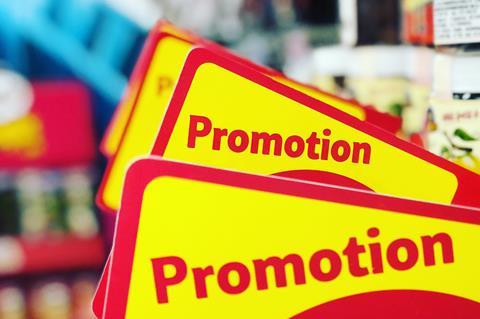
Of all the events that could be used to define 2022, inflation is at the top of the list. Across all sector we have seen Prices increase, from fertiliser to fuel and, of course, food. With the price of food reaching record highs in December, and the UK having its first “£12bn Christmas”, the retail landscape is set to change.
As we begin the new year, the weekly shop, which plays an ever-integral role in everyday budgeting, will come under greater scrutiny than before. In the face of this inflationary environment, there is no doubt consumer behaviours have and will continue to change.
What 2022 told us
As colder temperatures forced households to spend more on energy bills in the lead-up to Christmas, the prices of many essential food items also rocketed. Typical food grocery prices were up 13.3% in December 2022 [BRC & Nielsen] compared with December 2021.
UK consumers are acutely aware of the increases and have a heightened perception of their magnitude. Oliver Wyman’s recent research found consumers perceive a 60% to 70% increase in the price of breakfast items, canned food and frozen food, and a 70% to 80% price increase in fruit, vegetables, meat, poultry, eggs and dairy.
Unsurprisingly, our research shows this has resulted in discounters gaining a greater share of consumers’ reported main place to shop, up six percentage points within a year from 24 to 30%. However, we find an increasingly competitive landscape. As supermarkets have stepped up their efforts to meet squeezed customer budgets, matched prices to discounters and relaunched entry-price ranges, they have succeeded in closing the value perception gap in our survey. Conversely, organic players, off-licence and corner shops, which tend to have higher priced products, have decreased their share of main shop from 6% to 4%.
We’re also seeing 35% of consumers say the crisis has pushed them towards buying more private label products, as these are often perceived as the most budget-friendly options.
What 2023 holds
With this in mind, and with cost-cutting at the top of consumers’ agendas, we can expect to see further shifts in purchasing patterns in 2023. The price of fuel is weighing on customers’ minds and, as such, the search for one good-value place to shop will compete with the benefits of splitting baskets across multiple chains.
Moreover, we can expect to see range simplification continue as a major theme, as consumers look for low-cost and reliable options for essential items. Multibuy promotions will also continue to be less popular with shoppers, who are becoming wiser to how such initiatives can lead to unnecessary overspending.
As retailers look to curry favour with consumers, they will be turning their attention to entry-level price points. The winners here will be those that put their brand name to these products, gaining more credit than those who rely on fantasy brands to fill this role.
A measure of how seriously consumers are taking the current situation is the sort of intervention they would consider: 89% of respondents in our recent consumer survey claimed they would like to see state intervention to combat growing prices, be it through limiting maximum prices or capping price increases.
This statistic sends a clear message: consumers need and are asking for help.
Retailers can differentiate themselves and go after long-term customer loyalty by supporting them in this difficult period through maintaining competitive pricing. This is something we’ve already begun to see, as several supermarket chains have stated they’ll forgo some profit this year in order to keep pricing competitive.
However, there is not enough net profit in the supermarket model for profit restraints alone to alleviate food inflation. Innovation and helping customers adopt new choices will be essential in bringing the cost of living back down.
Retailers that prove to customers they’re willing to help will be the ones who can maintain or increase their market share, even in difficult times.







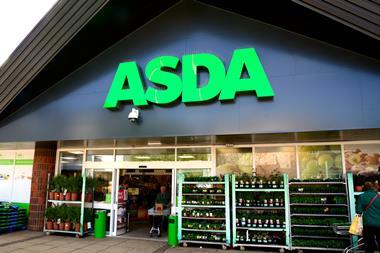
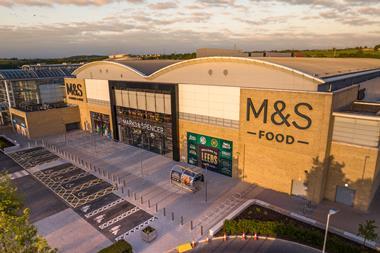

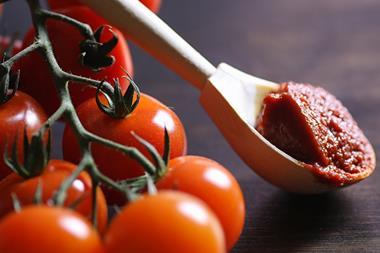
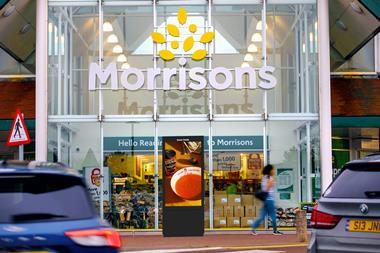







No comments yet